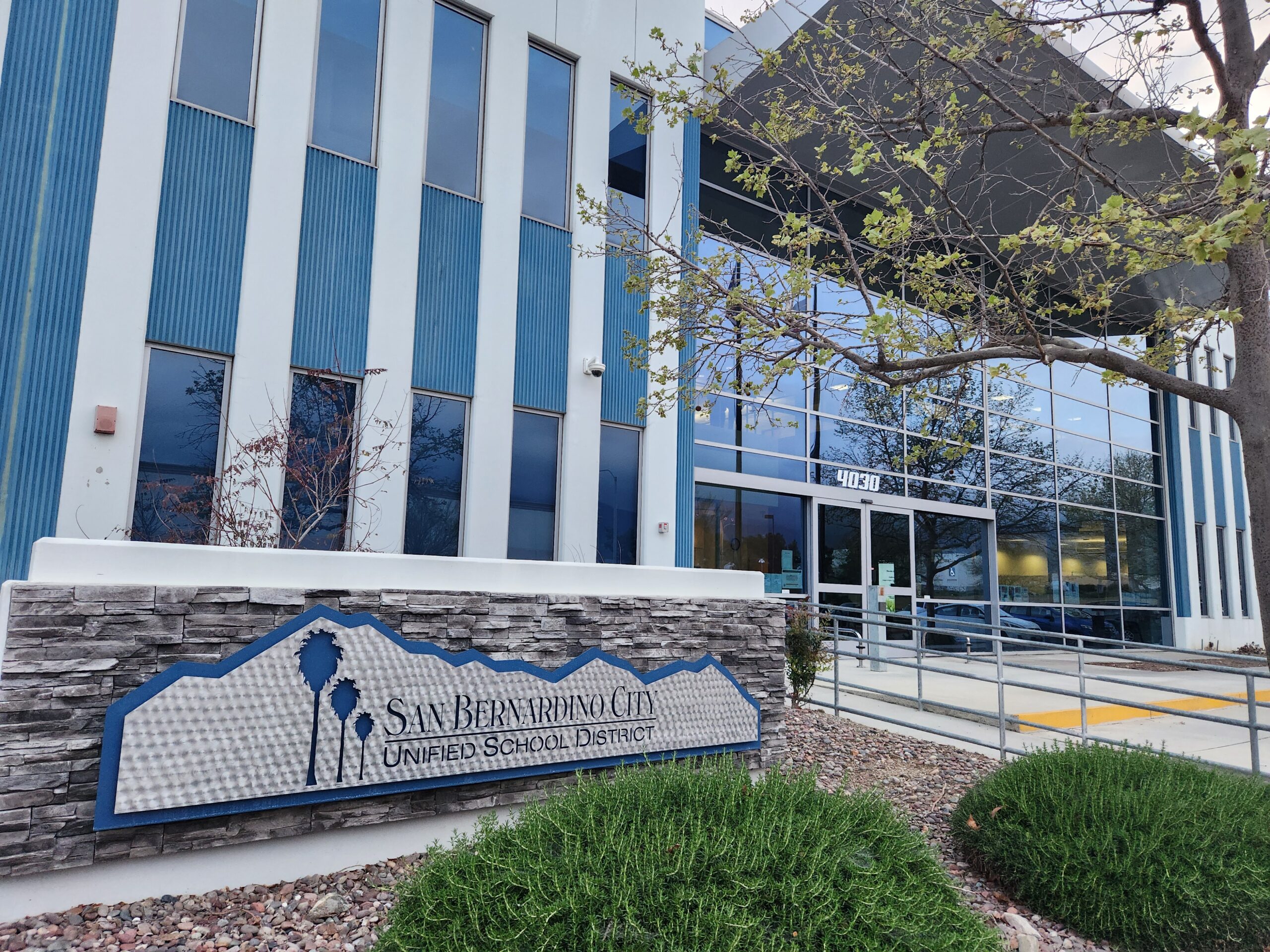By: Aldon Stiles, IVN
On April 4, the San Bernardino County Unified School District’s (SBCUSD) Department of Equity and Targeted Student Achievement (ETSA) presented their racial slurs protocol at a District African American Advisory Council (DAAAC) meeting.
The purpose of the presentation was to illustrate to parents how schools in the county are supposed to respond to the use of the N-word among students.
Dr. Wil Greer, Director of ETSA, expressed his frustration with the continued use of racial slurs in the schools.
“Frankly, I’m going to just keep it real, this is something that we shouldn’t even have to talk about in 2024,” Greer said. “It was very important for our district to develop some guidance, a protocol, a way to respond to this issue when it pops up.”
This protocol has two parts: guidance for school administrators and an educational component for students, focused largely on the history and context of the N-word.
Greer pointed out that the use of the N-word could violate several provisions of the California Education Code.
Potential violations include the use of profanity, obscenity, racial slurs, involvement in hazing, bullying and causing or participating in hate violence.
According to the county’s guidelines regarding the N-word, there is one key determinant in the administration’s response to student use of the N-word and that is whether or not a student was harmed.
According to Greer, this factor is important because the county does not want to over penalize Black students who use the word in conversation.
In a letter to the parents of SBCUSD students written by the district’s Superintendent Mauricio Arellano, he noted the significance of context.
“In talking with our students and greater school community, we understand that some language may be viewed as offensive or racist in one context, and not as offensive in another,” the letter read.
Greer pointed out that without this consideration, Black students would be at greater risk of punishment for using the N-word.
“We don’t want to reproduce that system,” he said.
While the district acknowledged these factors, they also made it clear that the N-word is still not appropriate language in a school setting.
One Black 6th grade student expressed his feelings about the county’s guidelines.
“I think I like that the school district is educating us about how the N-word is bad and how it isn’t good to use,” he said.
This protocol calls for a three tiered response to the use of racial slurs.
The first tier, employed in case of a single use, involves actions such as contacting the parents, instructing the student to make a formal apology to the offended party, issuing a low level referral or viewing and summarizing a relevant video.
In the case of multiple harmful uses, the second tier includes responses like restorative conflict mediation, referral to a counselor, a parent conference, suspension and/or the completion of a 60-minute ETSA workshop.
Tier three, reserved for the most severe cases, include suspension, expulsion, referral to outside counseling, or referral to a diversion program called Youth Court which puts the student in front of a jury of their peers in a process meant to resemble a trial.
During the educational portion of the meeting, the students were presented with a brief demonstration of the ETSA Workshop.






